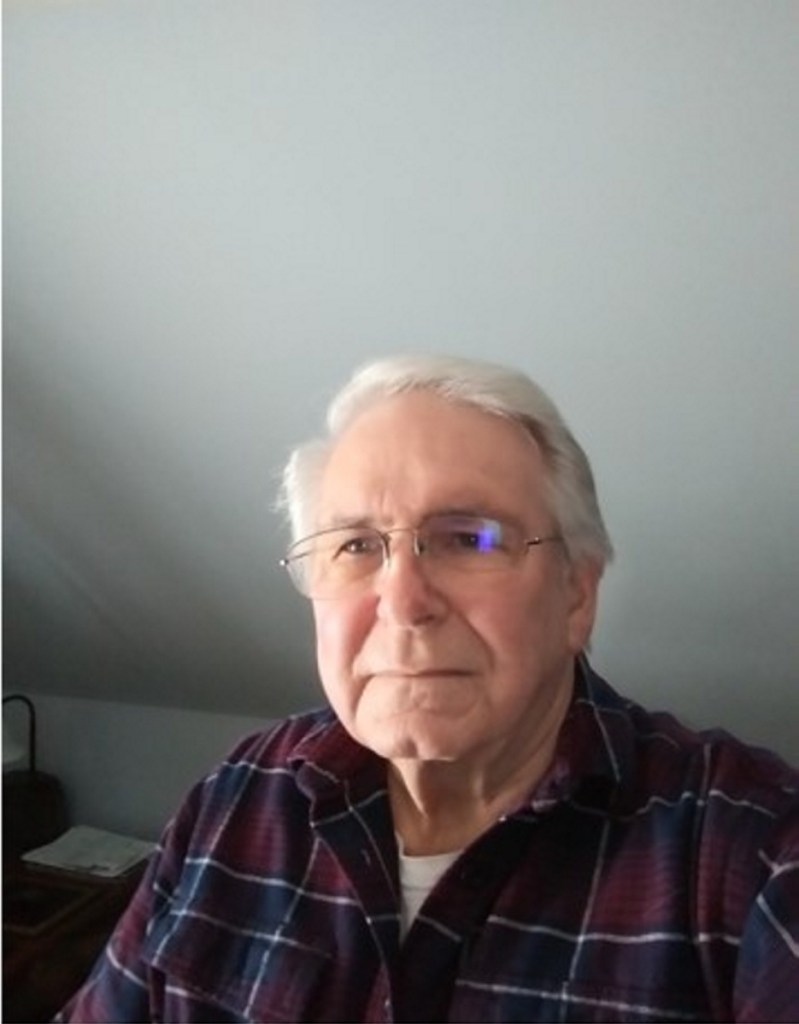While going through a closet, cleaning out some things we never use, we found some stuffed animals that had sat on the shelf for years. One of the items was a little stuffed animal made of green corduroy with a funny face glued on it, which brought back some fond memories.
I was in my 20s when I volunteered to be an adviser for Junior Achievement. I was pretty excited about the opportunity to work with the kids. A couple of weeks before the first meeting, we were each given a list of names and telephone numbers with instructions to call each person and welcome them to our team as well as answer any questions they may have. I noticed that my list had several numbers with the same prefix, but more interestingly, the numbers themselves were pretty close. As I proceeded to call them, I asked one of them if perhaps they knew each other. The young lady said “Oh, yes, we all go to school together.”
On the first night, the advisers were instructed to get there early and be available to greet everyone and help them find their assigned rooms. I was standing just outside the door to my room when I noticed a string of six or seven students progressing down the hall in single file, each with their hand on the shoulder of the person in front of them. They were all blind or legally blind, and they were looking for me. They were students at the Indiana School for the Blind.
I don’t remember what my exact thoughts were when I realized that I would be instructing blind students to develop and run a business, but I know that I questioned whether I would be up to the task. However, after a “get to know you” session with all the other students, we settled into the process of picking a business and a product. I could not believe the enthusiasm with which they accepted the challenge.
They named their company TCB for “Taking Care of Business,” and ultimately decided that they were going to make stuffed animals called “Adorable Uglies.” This would require buying materials, manufacturing, marketing, distribution, accounting and finance. The next step would be to assign tasks. Who would head up each of these functions? I was surprised when two of the blind students volunteered to make them, while others jumped at marketing and distribution.
As the weeks progressed, the students found outlets (mostly free) for scrap fabric and beans for stuffing them. One of the other teams had set themselves up as a bank, and our elected finance officer obtained a loan from them to buy whatever else we needed. The program provided some old sewing machines for teams that needed them. Soon, we were under way.
Patterns were cut and felt faces were glued on.
The girl that was to do the stitching had operated a sewing machine before, and operated it by touch. Another blind student filled the Adorable Uglies before the final stitches were applied. One had the idea of making them in school colors, which ultimately increased sales. Soon, they were selling everything they could make, and everyone was involved.
In the end, our team’s business had been a tremendous success and had in fact generated a profit. More importantly, a lot of new skills had been learned and new friendships had been made.
I, for one, came away with a new appreciation for people with disabilities. While I had immediately made assumptions about what they wouldn’t be able to do, they had shown me what they could do.
While my initial reaction had been to figure out what I could do to help them, they had focused on helping themselves. They did not want my help. They wanted my support. It was one of the most humbling, and, yes, rewarding experiences of my life. It is ironic how we sometimes set out to teach and end up learning instead.
Comments are not available on this story.
Send questions/comments to the editors.


